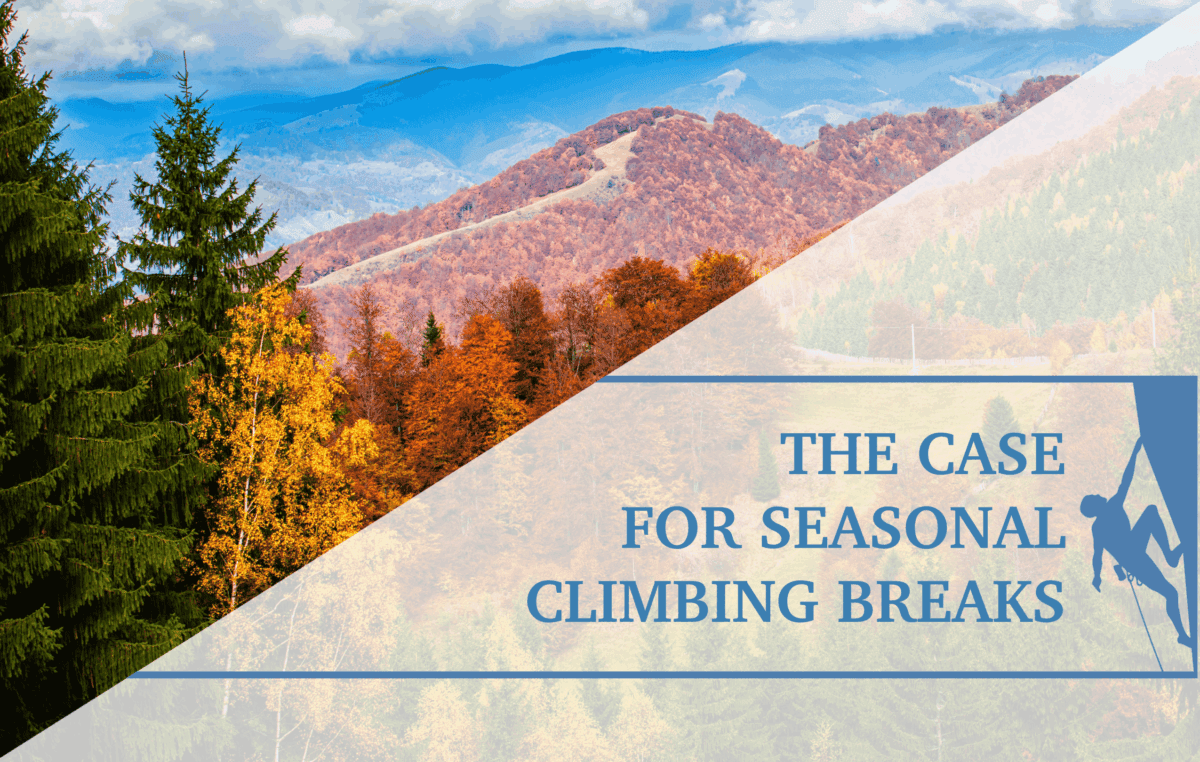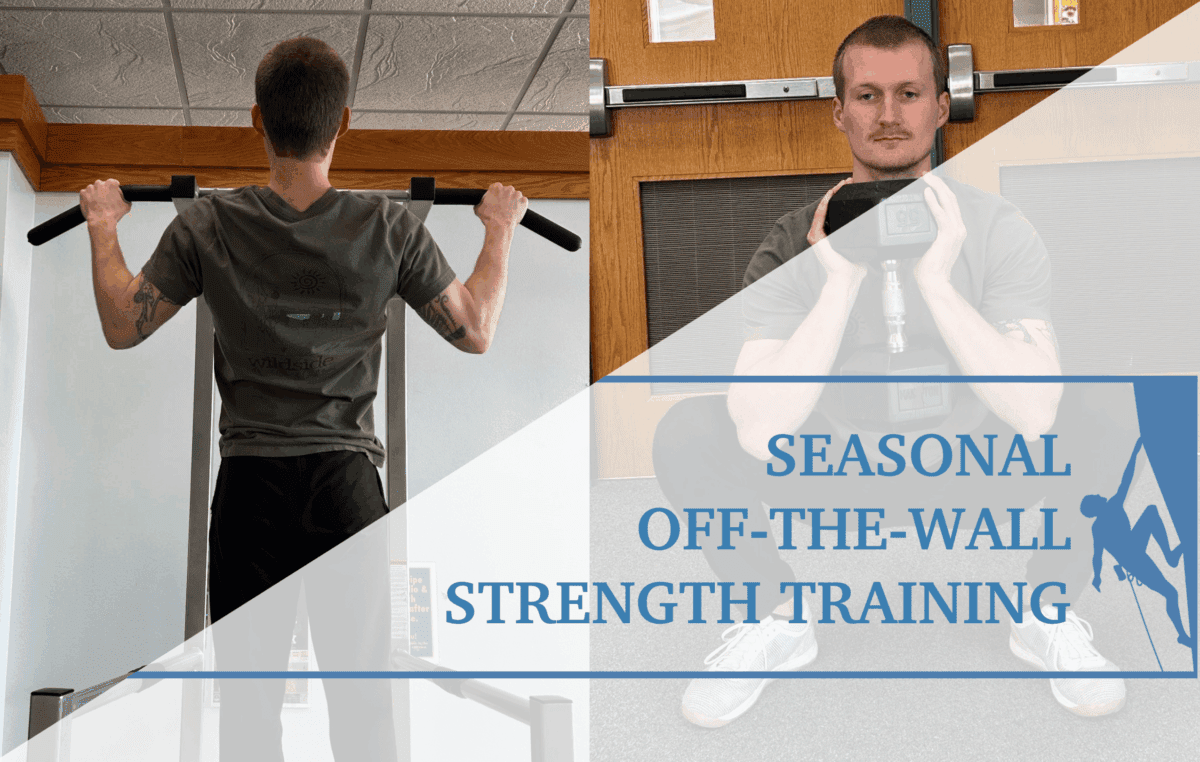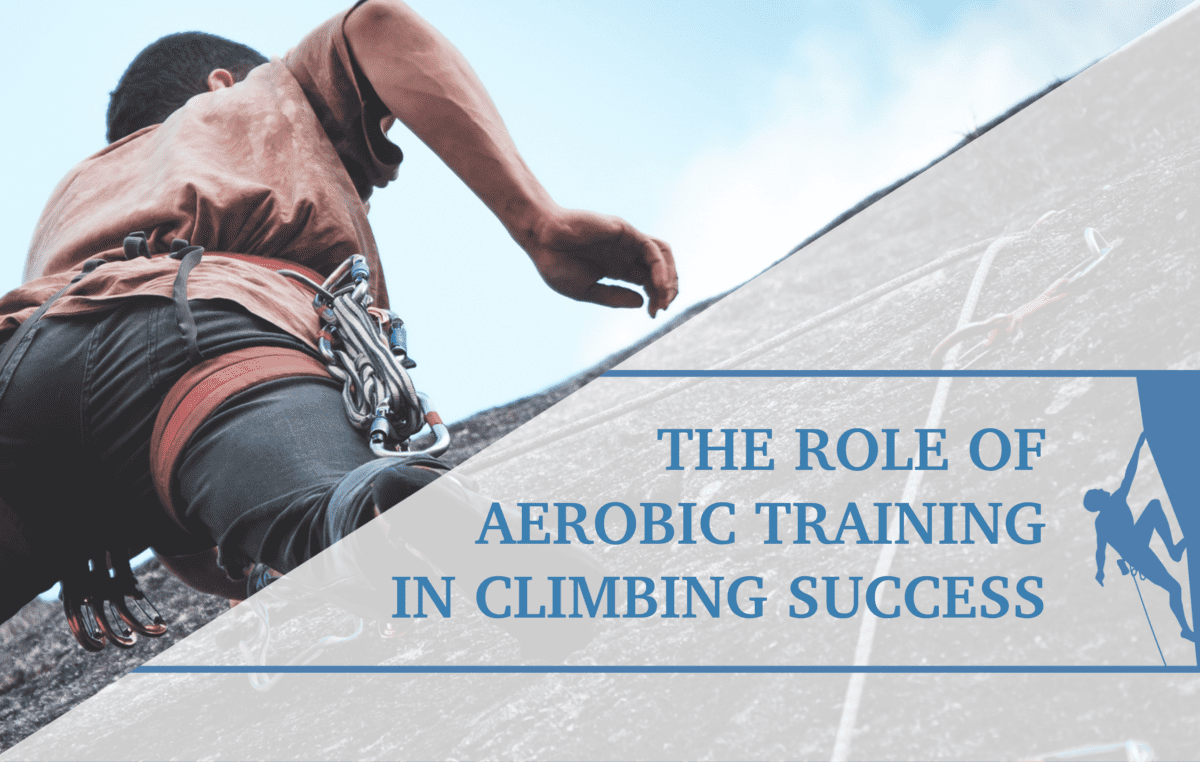Setting Bouldering Goals During Pregnancy

Bouldering during pregnancy can be good for your mental and physical health if necessary precautions are taken. It also helps to feel part of the community as bouldering is a social sport. This is me 37 weeks pregnant still visiting my home gym even though I was not climbing that much anymore at this point. However, I found pure enjoyment from cheering others on their sends and achievements.
Are you growing a little future climbing star in your belly? Congratulations! That’s wonderful news! However, maybe you have started to wonder how pregnancy affects your ability to boulder during these 9 months? Maybe your midwife suggested that you avoid sports with high risk of falling, trauma and high intensity training; which has left you wondering if you really should skip climbing for 9 months?! It seems a long time for sure and as we know, climbing addiction is quite hard to quit. You may have seen or heard of climbers who had to make the switch to toproping and using a maternity harness during their time climbing for two, but continue climbing happily and safely. However, not everyone is so lucky to have a big sport climbing gym anywhere nearby. Or maybe you just prefer bouldering over other climbing disciplines. It’s just that in the back of your head you know bouldering usually comes with a higher risk and a lot of potential for falls and impact while jumping down.
Bouldering not only carries that added risk but if you choose to continue to boulder while pregnant you likely need to modify your training. At the same time you need some personal bouldering goals to keep you motivated.
So the question becomes: How do you boulder and set realistic goals to keep you (and your baby) safe, fit, motivated and happy?
*Keep in mind that this is not medical advice and each pregnancy should be evaluated individually. Discuss your pregnancy and exercise safety with your midwife or doctor and see a physical therapist who could help you adapt your training so it is safe for you and your baby.
Changes in your body during pregnancy
First trimester: Your hormone levels change significantly. Nausea and (morning) sickness might limit you. Even though you may not yet feel like you are pregnant and are still at a good fitness level, you might think of minimizing your risk of falls and jumping down from the wall just to protect your baby as the risk for miscarriage is quite high during this time. Your body produces a lot of relaxin (reproductive hormone) which loosens and relaxes your muscles, joints and ligaments during pregnancy to help your body stretch. Relaxin levels are quite high for the whole pregnancy. This means you should be careful with intensive stretching as you might be more prone to injuries.
Second trimester: Pregnancy is becoming more real and you probably start to feel your baby moving and your belly starts growing. Common symptoms during this stage are heartburn, leg cramps, backaches, increased shortness of breath while exercising. Physical activity can help with backaches and leg cramps. Most likely your brain already tries to protect your baby by holding you back from taking unnecessary risks. Do you feel a bit scared of some movements higher on the wall you know you would usually nail with no problem? That’s totally normal, it’s your body’s way of protecting both of you and the solution is easy: respect your body and don’t do this move unless you are 100% confident you can do it. Better safe than sorry. Avoid hard pulling, pull-ups, campusing, and lifting heavy weights overhead. We want to keep our bodies strong and fit, but we don’t want too much strain and stretch on the abs. You might also feel changes in your balance as your belly grows. If you feel good when climbing, enjoy it, but keep in mind to stay safe and minimize your risks. Only choose routes you can safely downclimb as falling and jumping down might be harmful for your baby. If you do sport climbing as well, you should switch to toprope and use a maternity harness.
Third trimester: Your growing belly is getting in the way when climbing while also changing your center of gravity. This may affect your balance. Swollen feet? Size up your climbing shoes. During the third trimester you might need to stop bouldering if you have climbed up until this point. Again, listen to your body and if it tells you it’s time to stop, respect it. If you stop bouldering, try to find some low intensity alternative activity such as walking, prenatal yoga, water aerobics etc.
See below for a quick reference for each of the trimesters:
| Trimester | Expectations (note that pregnancy symptoms differ individually) |
|---|---|
| First trimester |
Key points:
|
| Second trimester |
Key points:
|
| Third trimester |
Key points:
|
Discuss with your doctor/midwife
Every pregnancy is different. Don’t compare yourself with other pregnant climbers you know. Your first priority during pregnancy is keeping yourself and your baby safe and happy. In some cases (such as preeclampsia, placenta or cervical problems, vaginal bleeding, severe anemia etc) you might need to be very strict with your everyday routine and exercise and you may need to take a longer break from bouldering altogether. If this is your case, don’t worry too much and try to return to bouldering postpartum with extra motivation and joy for this sport.
Exercise benefits during pregnancy
It is now widely known that exercise during pregnancy is beneficial for the mother and the baby. Morris and Johnson (2005) have found that moderate exercise has good effects as it improves the well-being of the mother and baby and has no negative impact on pregnancy (Morris & Johnson, 2005).
Exercise benefits during pregnancy according to Melzer et al., 2010:
- Improved cardiovascular function
- Limited pregnancy weight gain
- Decreased musculoskeletal discomfort
- Reduced incidence of muscle cramps and lower limb oedema
- Mood stability
- Attenuation of gestational diabetes mellitus and gestational hypertension
- Baby’s decreased fat mass
- Baby’s improved stress tolerance
- Baby’s advanced neurobehavioral maturation
- Shorter labour
- Decreased incidence of operative delivery
Exercise can improve your sleep and it is even shown to have an effect for reducing the risk of having a C-section (Pregnancy and Exercise, s.a.). Sedentary lifestyle during pregnancy on the other hand could cause hypertension, maternal and childhood obesity, gestational diabetes, dyspnoea and pre-eclampsia.
There are still some precautions to take as your body is going through a lot of changes and needs some adaptations.
According to The American College of Obstetricians and Gynecologists (ACOG) heart rate should stay “less than 60–80% of age-predicted maximum” for pregnant women during exercise and the intensity on perceived exertion scale should range in between “fairly light to somewhat hard” which would range in between 11-13 as seen below (also referred to as endurance training zone). According to ACOG, Borg scale is more effective than heart rate in monitoring intensity.
It can be a bit tricky to use the Borg scale for bouldering, but there are some key points to keep in mind to find appropriate intensity. Climbing intensity should be low enough that you would be able to continue this level of bouldering for an extended period of time. No errors should occur because of fatigue, intensity should be at a level you feel you can control your body. You should always feel you have enough strength left to safely downclimb. “Fairly light” would be approximately the intensity of average endurance climbing (possible to maintain for 15-20 min) and “somewhat hard” would be approximately comfortable flash grade without long breaks in between. However, it is a subjective rating.
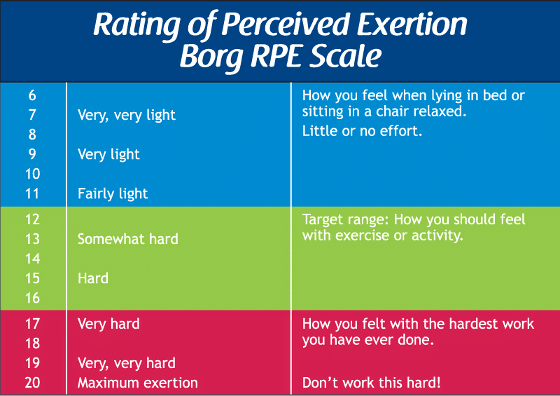
Listen to your body!
This is the most important thing to bear in mind during any kind of exercise while pregnant. If anything doesn’t feel good, stop it. Exercise is incredibly good during pregnancy but we need to take it easy. Don’t take up bouldering as a new hobby during pregnancy. Climb only if you are used to it and you know well what your body is capable of while climbing.
Red flags :
- Vaginal bleeding
- Dizziness
- Headache
- Increased shortness of breath at rest before you start exercising
- Chest pain
- Abdomen pain or cramps during or after training
- Painful uterine contractions that do not resolve with rest
- Fluid leaking from vagina
If you have any of these symptoms, stop exercising immediately and talk to your doctor or midwife.
Safety:
- Choose routes below your normal climbing grade.
- Have a reliable spotter!
- Avoid any routes where dynamic or running/jumping moves are needed.
- Avoid jumping down.
- Avoid bouldering outside. Bouldering indoors is a more controlled environment.
- Avoid routes where you need extreme precision or balance and might slip and fall such as slab routes.
- Climb only where you can easily downclimb.
- Climb only routes you feel confident and safe with.
- Minimize risk of falls.
- It is good if someone who knows your climbing well climbs unfamiliar routes before you so there will not be any risky surprises.
- Avoid campusing and pull-ups once your belly starts to grow (probably from second trimester)
- Avoid any other exercises/movements that put strain on your belly or stretch it. You will probably feel it when they start getting uncomfortable.
How to stay motivated and set achievable goals?
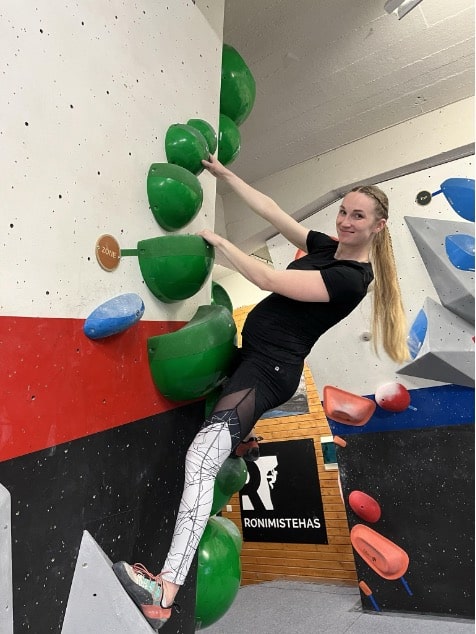
- Endurance climbing- a great way to keep climbing on the safe side with easier routes and potentially improve your climbing ability. While often ignored by the average boulderer, endurance training is essential to keep utilizing muscle power and stay on the wall longer. Some variations of this:
- ARC training (endurance training to increase the number of capillarization in the forearms; easy climbing for 15-30 min)
- Traverse, try to keep going on an easy wall (low, close to the mat, to minimize risk of falling) as long as you can. Set yourself a timer. Let’s say the first time you were able to climb 15 minutes without coming off the wall, next time try to climb 17 minutes. Set yourself a goal to increase your time on the wall by 5 minutes in one month (just an example).
- Route repetitions- climb one easy route up and down several times in a row without coming down from the wall.
- Add strength training to your climbing gym routine. Haven’t done much cross training besides climbing? Now is a really good time to make this a habit. Your climbing intensity is probably going to start to decline, so you could add some exercises off the wall in exchange. It’s a great way to condition your body for climbing AND giving birth! Don’t forget to engage your core and pelvic floor muscles.
- Level up your technique (video analysis, try to perfect your send each time etc) Even if you can’t climb hard, you can still improve your climbing. Work on your climbing flow and technique. Try technique exercises such as hovering hands, flagging, drop knees, precise feet, quiet feet, etc. One great way to work on your technique is to film yourself climbing the same route (low risk of falling, comfortable flash grade for you) multiple times and try to optimize your movements each time and climb “cleaner”. Later you can analyze the videos side by side and see your improvements or what you still need to work on.
- Traverse- again, you can use this for endurance training or creating low traverse routes yourself. It is a nice way to challenge yourself with more difficult movements in a safe way. You don’t need to climb high to keep climbing and practice some movements.
- Visualize- work on your visualization and route-reading skills. This helps us a lot in climbing and as this is mental training, it is suitable for pregnant women as well. Before you go on a route or watch someone else climb it, try to imagine and feel exactly what movements you need to do to climb it and how it feels in your body. If you climb it and find that reality is totally different, try to repeat and correct your visualization according to fresh information.
- Work on your mobility- good mobility gives you many benefits in bouldering and allows you to use your body in a wide variety of ways safely. Try adding hip mobility exercises in addition to climbing (this is also beneficial for giving birth). Stretching could also be beneficial, just remember that ligaments loosen during pregnancy because of relaxin hormone so you must be careful not to overdo it or you may risk injury. Avoid stretching your stomach.
- Increase your bouldering volume -while you need to limit yourself by not touching any harder routes out of your comfort zone, you can make it up by increasing your climbing volume. Maybe usually you are used to trying your project, resting 5 min and giving it another go and so on. Now you can switch it up and try to climb more routes in the same amount of time.
Here is an example bouldering training video with mobility and strength exercises that were suitable for me 33 weeks pregnant:
However, everyone is different and feel free to make necessary modifications. This is just an example of what worked for me.
The Research
There is currently not much research on bouldering or overall climbing while pregnant. However, what we know for now, is indicating that if women take necessary precautions, climbing while pregnant could be safe and even beneficial.
Drastig and Küpper (2012) found that the pregnant women who were actively climbing had a climbing injury rate of 0,28 per 1000 hours which is not significantly higher than for the overall population. This data shows climbing can be done relatively safely for pregnant women. However, toprope climbing was recommended and not much information regarding bouldering was mentioned. Moreover, Drastig and Küpper recommend climbing routes approximately 2 grades easier than your normal climbing performance and preferring routes you already know which probably works for both sport climbing and bouldering (Drastig & Küpper, 2012).
In another research, Drastig et al 2017 also found that for uncomplicated pregnancies, climbing does not pose a higher risk for preterm birth. Half of the women in this study continued climbing until the 36th week of pregnancy. 90% of pregnant women in this study changed their climbing habits by climbing easier routes and climbing toprope as a preferred style. Pregnant climbers in this study did not have a significantly higher proportion of preterm birth (Drastig et al., 2017).
Take Home Message
Bouldering can be a great way to stay active and mentally healthy during pregnancy if bouldering was familiar to you before getting pregnant. However, as it comes with its own risks, it is important to modify your bouldering training and listen to your body.
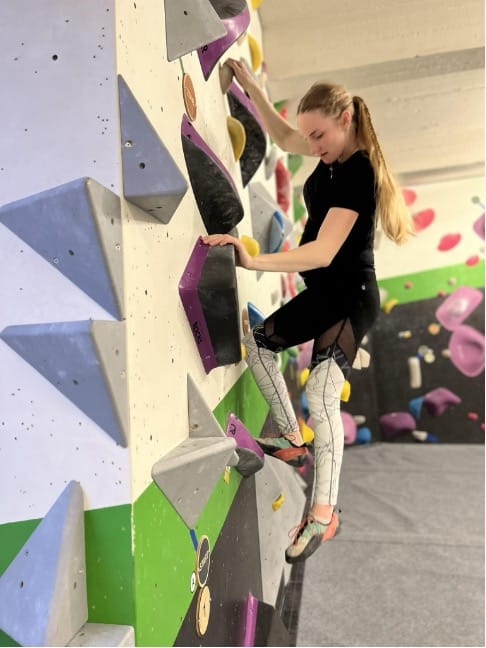
During pregnancy I mastered the art of downclimbing… which is a great workout itself (mostly needs more effort than climbing up- that is why you should always have enough spare energy after climbing the route)!
References
- Drastig, J., Hillebrandt, D., Rath, W., ⦁ &⦁ Küpper, T. (2017). Pregnant Women in Sport Climbing—Is there a Higher Risk for Preterm Birth? ⦁ Zeitschrift Fur Geburtshilfe Und Neonatologie⦁ , ⦁ 221⦁ (1), 25–29. https://doi.org/10.1055/s-0042-119654
- Drastig, J., ⦁ &⦁ Küpper, T. (2012). Ist Sportklettern in der Schwangerschaft sicher? ⦁ Sport-Orthopädie – Sport-Traumatologie – Sports Orthopaedics and Traumatology⦁ , ⦁ 28⦁ (4), 274–281. https://doi.org/10.1016/j.orthtr.2012.09.003
- Melzer, K., Schutz, Y., Boulvain, M., ⦁ &⦁ Kayser, B. (2010). Physical activity and pregnancy: Cardiovascular adaptations, recommendations and pregnancy outcomes. ⦁ Sports Medicine (Auckland, N.Z.)⦁ , ⦁ 40⦁ (6), 493–507. https://doi.org/10.2165/11532290-000000000-00000
- Morris, S. N., ⦁ &⦁ Johnson, N. R. (2005). Exercise during pregnancy: A critical appraisal of the literature. ⦁ The Journal of Reproductive Medicine⦁ , ⦁ 50⦁ (3), 181–188.
- Pregnancy and exercise: Baby, let’s move!⦁ (s.a.). Mayo Clinic. Salvestatud 11. märts 2023, https://www.mayoclinic.org/healthy-lifestyle/pregnancy-week-by-week/in-depth/pregnancy-and-exercise/art-20046896
See a Doctor of Physical Therapy
Keep in mind that this is not medical advice and each pregnancy should be evaluated individually. Discuss your pregnancy and exercise safety with your midwife or doctor and see a physical therapist who could help you adapt your training so it is safe for you and your baby.
Author Bio

My name is Mari and I am a physiotherapist from Estonia, currently studying to get my Master’s degree in Physiotherapy. I have been climbing (mainly bouldering) for two years and my love for this sport has grown fast. I love to learn new things about this sport and find ways to apply my physiotherapy knowledge to climbing. This article was inspired from personal experience as I am currently a pregnant climber myself. When I found out I was pregnant, I wanted to get information about continuing my bouldering training. However, there was not much out there about climbing and even less about bouldering (and I have no sport climbing gyms nearby), so I had to figure it out myself. One of my biggest challenges was to stay motivated and set achievable and safe goals even while I had to limit my climbing. I hope this article will help other pregnant climbers to continue to have fun, safe and motivating bouldering sessions during their pregnancies.
You can reach me via email marimaisla@gmail.com or find me on Instagram @terveronija
- Disclaimer – The content here is designed for information & education purposes only and the content is not intended for medical advice.


